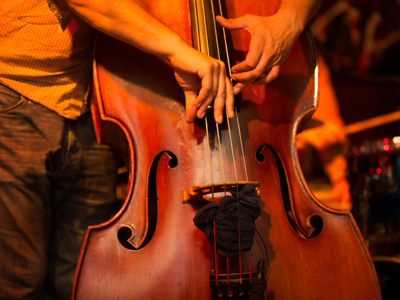
Jazz Improvisation 01
In KS3 music you'll look at many different musical genres. One of these is jazz. This particular quiz looks specifically at the basics of jazz and blues, such as jazz improvisation, jazz scales, jazz structures, and chord patterns used in jazz and blues.
Blues music is synonymous with jazz. The word 'jazz' began as a West Coast slang term and was first used to refer to music in Chicago in about 1915, although jazz music actually originated in New Orleans. Jazz had its heyday in the 1920s but it's still going today. It's famous for its improvisation and it has influenced many other types of music - most importantly, blues. Jazz has its roots in African-American musical traditions although, when jazz spread to other countries, those cultures added their own elements to it.
Have a go at this quiz and find out how well you understand jazz - and, if you don't know any of the answers, feel free to improvise!
Ready for more?
not all...
quizzers. Try to win a coveted spot on our Hall of Fame Page.







